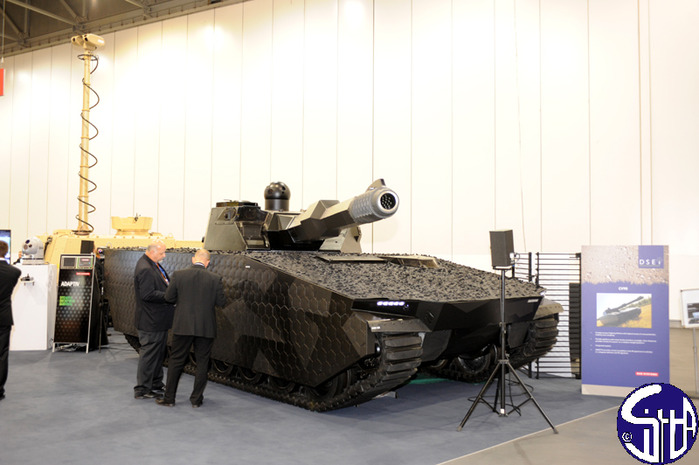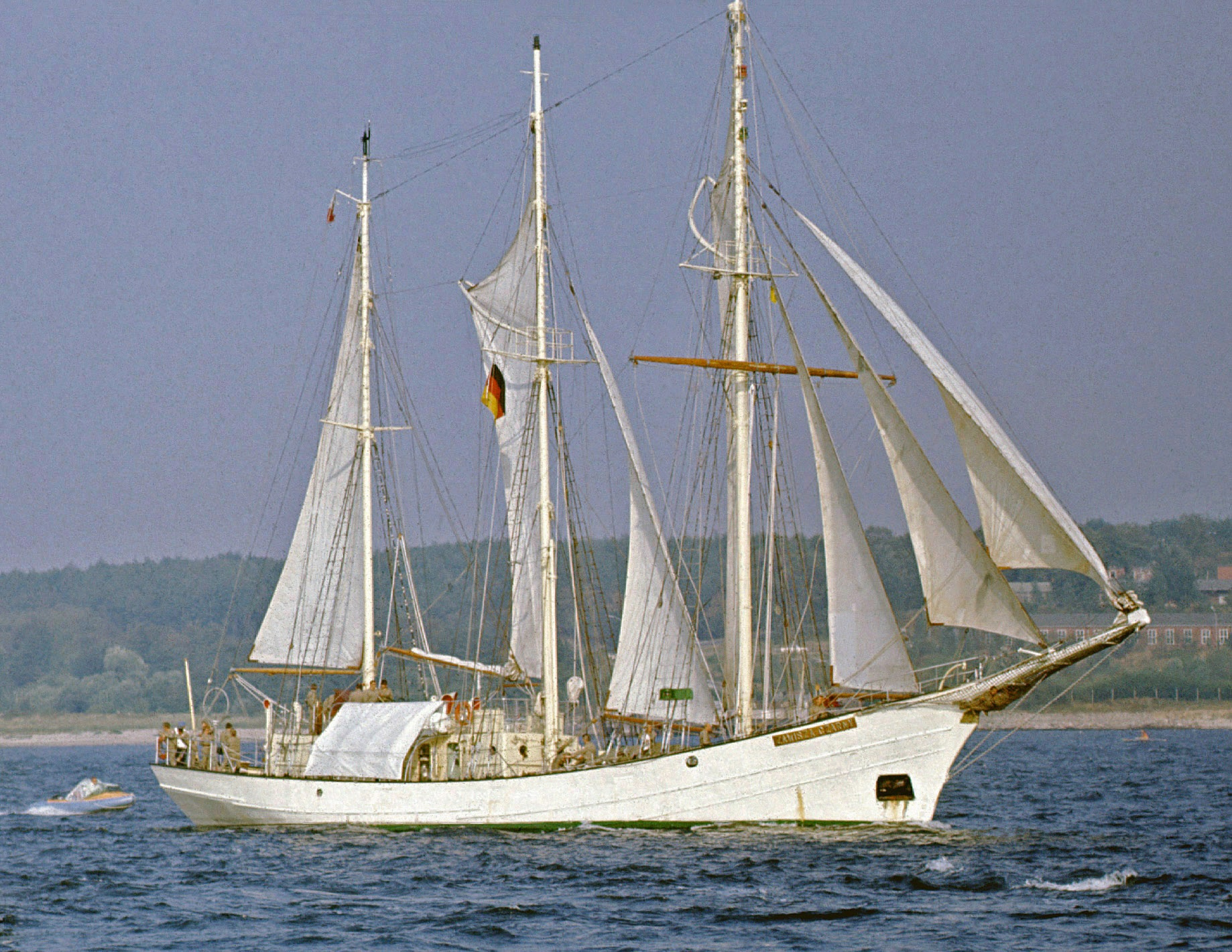
Future CV90
The recently released CV90 Mk IV is currently in development but is extremely important to the future CV90 family. The list of announced changes means that this will indeed be a new car.
The prototype Stridsfordon 90 (Strf 90) infantry fighting vehicle was completed in 1988 and entered service with Svenska Armén in 1994. However, it is constantly being improved. The current manufacturer of the combat vehicle in Sweden, BAE Systems, presented the concept of the latest version of the export version of the Strf 22 - CV25 Mk IV at the annual International Armored Vehicles conference in London on January 90-90.
Since the Strf 90//CV90 was first proposed, this initially relatively simple, light (originally amphibious) and relatively cheap IFV designed for Western armies of the Cold War era has been constantly developed. It is possible, among other things, due to the significant modernization potential of this structure since its inception. This gave the engineers of HB Utveckling AB (a consortium of Bofors and Hägglunds AB, now BAE Systems Hägglunds) more leeway regarding subsequent modifications to the car. This led, in particular, to the construction of the next generations of the base line (conditionally - Mk 0, I, II and III), as well as a number of specialized options: light tanks (including the CV90120-T presented in Poland), the CV9040AAV self-propelled anti-aircraft gun ( Luftvärnskanonvagn 90 - Lvkv 90), a command vehicle, several variants of self-propelled mortars or an infantry fighting vehicle armed with two Rb 56 BILL (CV9056) ATGMs. The turret of the BWP version could be easily adapted to different types of weapons - the original large 40 mm Bofors 40/70 autocannon (chambered for 40 × 364 mm) could be replaced in the Hägglunds E-series export turret with a smaller 30 mm gun (Bushmaster II with 30×173 mm cartridge in the E30 turret on Norwegian, Swiss and Finnish vehicles) or 35 mm (Bushmaster III 35/50 with a 35×288 mm cartridge in the E35 turret on Dutch and Danish CV9035 vehicles). In the XNUMXst century, a remote-controlled machine gun or an automatic grenade launcher (Norwegian version, the so-called Mk IIIb) could also be mounted on the tower.
The first version of the baseline matched the original Swedish Strf 90. The Mk I version was an export vehicle that went to Norway. Changes to the undercarriage were minor, but the turret was used in the export configuration. Mk II went to Finland and Switzerland. This vehicle offered a more advanced digital fire control system as well as digital communications equipment. The case has also become 100 mm higher than its predecessors. In the Mk III version, the electronic equipment of the vehicle has been improved, the mobility and stability of the vehicle have been increased (by increasing the permissible mass to 35 tons), and the firepower has been increased due to the Bushmaster III cannon, adapted for firing ammunition. with programmable fuse. There are two "sub-generations" of this version, the Mk IIIa (delivered to the Netherlands and Denmark) and the modified IIIb which went to Norway as a modification of the older CV90 Mk I.
Last years
To date, the CV90 has entered service with seven countries, four of which are members of NATO. At the moment, about 1280 cars have been produced in 15 different versions (although some of them have remained prototypes or even technology demonstrators). Among their customers, in addition to Sweden, there are: Denmark, Finland, Norway, Switzerland, the Netherlands and Estonia. The last few years can be considered extremely successful for vehicle manufacturers. Since December 2014, deliveries of new and modernized CV90s to the Armed Forces of the Kingdom of Norway have continued, which will eventually have 144 vehicles (74 BWP, 21 BWR, 16 MultiC multi-purpose transporters, 16 engineering, 15 command vehicles, 2 leading school vehicles), 103 of which will be Mk I vehicles upgraded to Mk IIIb (CV9030N) standard. In their case, the external dimensions of the car were increased, the carrying capacity of the suspension was increased (by 6,5 tons), and a new 8-cylinder Scania DC16 diesel engine with a power of 595 kW / 815 hp was used. paired with an Allison engine. / Automatic transmission Caterpillar X300. The level of the ballistic shield, depending on the needs, can be increased through the use of replaceable modules with a total weight of 4 to 9 tons, up to a maximum level of more than 5+ according to STANAG 4569A. Rubber tracks were used to save weight and improve traction. The armament of the vehicles was supplemented by the Kongsberg Protector Nordic remote-controlled rack. The car in this configuration was presented at the MSPO exhibition in Kielce in 2015.
Successes were also recorded in Denmark - despite the failure of the Armadillo transporter (based on the CV90 Mk III chassis) in the competition for the successor to the M113 transporter, on September 26, 2016, BAE Systems Hägglunds signed a contract with the Danish government for the modernization and technical support of 44 CV9035DK BWP.
In turn, the Netherlands decided to radically reduce its armored potential, which led to the sale, among others, of the Leopard 2A6NL tanks (to Finland) and CV9035NL BWP (to Estonia). In turn, on December 23, 2016, the Dutch government entered into an agreement with BAE Systems to test IMI Systems' Iron Fist active self-defense system for use on the remaining CV9035NL. If successful, we should expect the modernization of the Dutch infantry fighting vehicles, as a result of which their survivability on the battlefield should increase dramatically.
